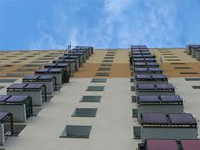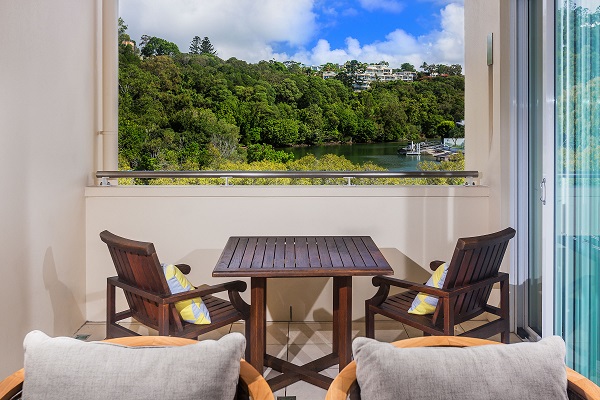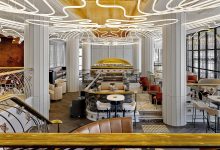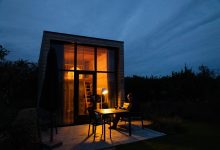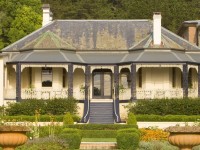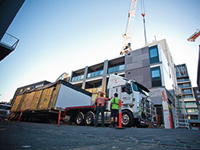
Is modular the future of multi-unit construction?
Modular construction is an off-site building method that uses lean manufacturing techniques in a controlled environment to prefabricate single or multi story constructions.
These are to be delivered to a site in sections with a fully fitted finish. They can be stand-alone sites or an addition to an existing building and are intended to remain in-situ for the duration of their useful life, according to Nadia Salajic, the executive support manager of Hickory Group P/L.
“Modular and prefab technology is the future of multi-unit construction,” the company claims. “This technology provides a real solution to the problems of low productivity and high costs currently facing the building industry.”
These constructions are primarily used in educational facilities, student housing, office and retail spaces and are an ideal, fast solution to the problematic housing demands faced by both the mining and hospitality industries. Ms Salajic explains that they have delivered several multi-unit residential projects across Melbourne and have manufactured a transportable hotel product. The most exciting prospect is that this system can be adapted to a range of applications. Modular construction has been around for some time, but it is questionable as to whether the accommodation industry is yet to fully appreciate the benefits or has fully explored the opportunities that it has to offer.
So what are the benefits?
• Speed: The building is constructed off-site which allows for the entire site work to occur at the same time. A unique feature to this construction method is the ability to simultaneously construct a building’s floors, walls, ceilings, rafters, and roof. Consequently there is a much shorter total build time, as much as half the time of a traditional build.
• Cost: With a shorter time on site and less labour required huge savings can be made, and even more if the manufacturer includes design and engineering.
• Sustainability: A modular construction produces much less waste – according to the UK group WRAP, there is up to a 90% reduction in materials. There is less site damage and less impact on the local environment. Ms Salajic further stresses the important sustainable advantages of unitised buildings: “UB Australia is pioneering sustainable construction, utilising lighter, less carbon intensive materials, which allow for enhanced recyclability of components and reduced wastage.”
• Quality: The consistency of the quality of the end product is also a huge advantage. The quality control starts on the factory floor and doesn’t end until the unit has been completed on-site. Every building is inspected on the shop floor, ensuring any minor issues are ironed out during the manufacturing process.
Are there any disadvantages?
Modular constructed buildings do not lend themselves well to open plan environments. The system is structurally not really suited to this type of space, due to the compartmentalised nature of its production.
Creative design has been limited in the past. Traditional container type modular buildings have offered limited layouts and floor plans but UB is much more adaptable according to Ms Salajic, “We have consultants on hand to work with architects and developers in order to assist in realising the modular potential of a conventional design.”
Permanent modular buildings are built to meet or exceed the same building codes and standards as site-built structures and meet the same legal/industry requirements however during installation there is a different level of logistic coordination with councils than might occur than on a conventional site. For example there is a need to ensure that there is appropriate road access for the transportation of oversized loads.
There is a huge opportunity here for the accommodation sector to embrace modular construction; it is perfectly suited to these types of projects. Ms Salajic agrees, asserting that “modular construction such as UB, which is manufactured in a highly controlled factory environment, means you get a much better quality end product with limited defects”.
Bearing in mind that, in this way, projects can be built up to 50% faster than with conventional methods, here lies an opportunity that needs to be explored and embraced; particularly where new buildings are located within either emerging or established travel destinations. This offers members of the accommodation industry who embrace this model, the possibility of quickly seizing a market share in up and coming travel destinations; beating out both local and international competitors, who may use traditional, less effective building methods.

AccomNews is not affiliated with any government agency, body or political party. We are an independently owned, family-operated magazine.

